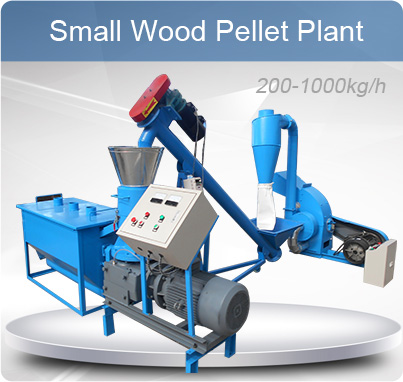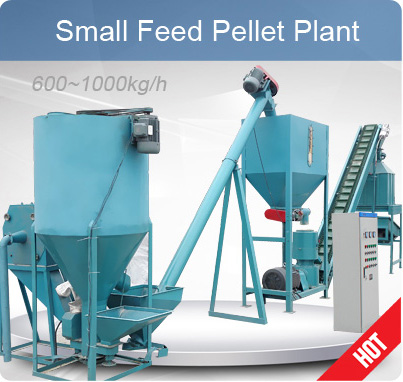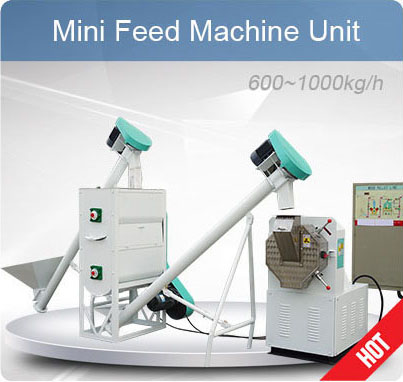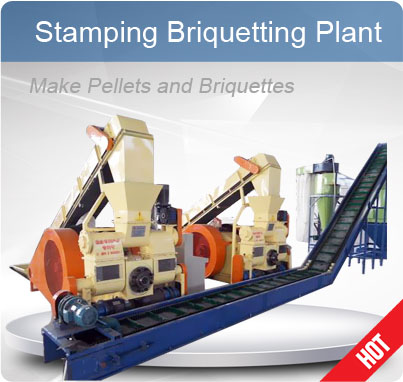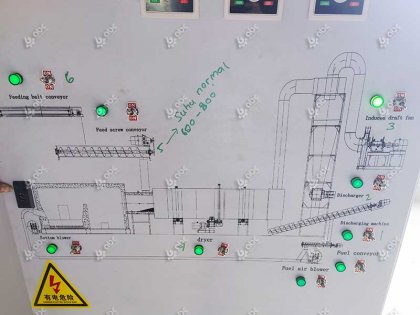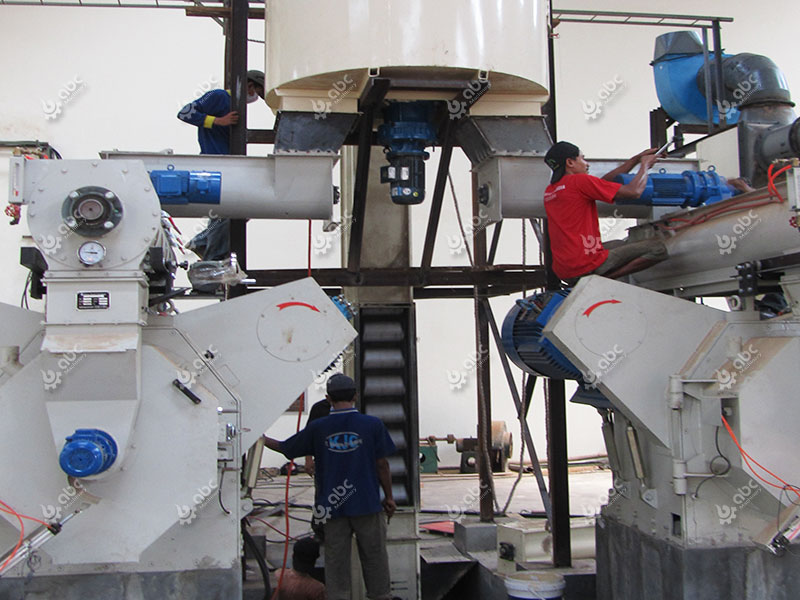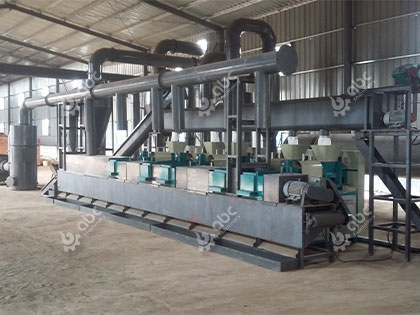Role of RDF Drying Technology in Enhancing Calorific Value
RDF (Refuse-Derived Fuel) drying plays a pivotal role in enhancing the calorific value of pelletized fuel. By optimizing the moisture content of RDF, the energy density of the pellets can be significantly increased, resulting in more efficient combustion. This process involves removing excess moisture from RDF, which typically consists of municipal solid waste, to produce high-calorific pellets suitable for energy generation.
RDF drying technologies rely on advanced heat transfer mechanisms to evaporate water content, and various methods are employed, such as rotary dryers, belt dryers, and fluidized bed dryers. Each method offers unique advantages depending on the scale of the operation and the type of waste being processed.
The benefits of RDF drying include:
- Increased Calorific Value: By reducing moisture, the fuel becomes denser, releasing more energy per unit.
- Improved Combustion Efficiency: Dry RDF pellets burn more efficiently, producing less ash and pollutants.
- Cost Reduction: Efficient RDF drying reduces the need for additional fuel, saving operational costs in energy production.
With the global demand for alternative energy sources on the rise, optimizing RDF drying technologies becomes an essential part of ensuring energy sustainability and reducing the environmental footprint of fuel production.
Selecting and Optimizing RDF Drying Equipment
Choosing the right RDF drying equipment is crucial for optimizing fuel production and ensuring consistent quality. Factors such as capacity, energy efficiency, and operational cost must be considered when selecting equipment for RDF drying.
- Capacity: The dryer must match the throughput of the RDF processing line to maintain continuous operation.
- Energy Efficiency: Dryers with better thermal efficiency reduce energy consumption, which is a major cost factor in large-scale production.
- Material Compatibility: Different RDF materials may require specific types of dryers to ensure optimal moisture removal without damaging the product.
Optimization of RDF drying equipment involves fine-tuning variables such as drying temperature, air flow, and residence time to maximize performance and minimize energy usage. Regular maintenance and performance monitoring are also essential to maintaining optimal drying efficiency.
Ensure your RDF drying systems are optimized to meet your fuel processing goals—contact our experts for tailored solutions.
Impact and Optimization of RDF Drying Process on Production Lines
Integrating an efficient RDF drying process into a production line can significantly enhance overall productivity. A well-designed drying system reduces bottlenecks in the fuel production cycle and ensures a steady supply of high-quality pellets.
Optimization of the RDF drying process involves:
- Streamlining Workflow: Minimizing delays between drying and pelletizing stages to maintain consistent throughput.
- Energy Management: Implementing energy-saving techniques such as heat recovery to enhance process efficiency.
- Automation: Leveraging automation to monitor moisture levels and adjust parameters in real-time ensures consistent fuel quality.
Industrial applications have shown that optimizing RDF drying can reduce energy consumption by up to 25%, improving the cost-effectiveness of fuel production.
Environmental Impact and Sustainability of RDF Drying
The environmental impact of RDF drying is a critical consideration in the overall sustainability of the fuel production process. While drying RDF consumes significant energy, modern technologies focus on reducing this consumption and lowering emissions.
- Energy Efficiency: Utilizing advanced drying technologies like heat recovery systems can reduce the energy required for drying, making the process more sustainable.
- Emissions Control: Modern RDF drying systems are designed to minimize emissions of greenhouse gases and particulate matter, contributing to cleaner air and reduced environmental impact.
- Waste Reduction: RDF drying not only helps in fuel production but also reduces the volume of waste sent to landfills, promoting a circular economy.
Sustainably optimizing RDF drying technologies is a key component of green energy initiatives, aligning with global efforts to reduce carbon footprints and enhance the use of renewable energy sources.
Explore how our RDF drying technologies can help you achieve both energy efficiency and sustainability in your fuel processing operations. Contact us now to get started.




